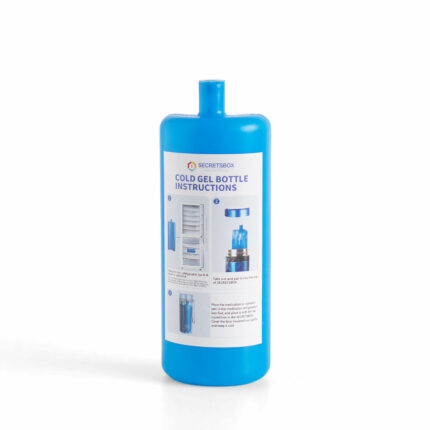Mixing medications correctly is crucial for ensuring their efficacy and safety. Semaglutide, a medication used primarily in the treatment of type 2 diabetes, often comes in a powdered form that requires reconstitution with a diluent like bacteriostatic water. This article will explore the appropriate methods and quantities for mixing bacteriostatic water with 5mg of semaglutide.
How to Determine the Correct Amount of Bacteriostatic Water for Semaglutide?
The correct amount of bacteriostatic water to be mixed with semaglutide is determined by the concentration needed for the medication. Typically, the manufacturer provides specific instructions regarding the reconstitution process. For a 5mg dose of semaglutide, the amount of bacteriostatic water required can vary based on the desired concentration. It’s essential to refer to the product’s instruction leaflet or consult with a healthcare professional for precise measurements.
Without specific instructions from a product’s prescribing information or guidance from a healthcare provider, giving a specific mixing ratio would be irresponsible. However, a general example can be provided to illustrate how to calculate the mixing ratio.
Suppose there is 5mg of Semaglutide and the goal is to prepare a solution where each 1ml contains 1mg of Semaglutide. The following steps would be followed to calculate the amount of bacteriostatic water needed:
- Determine the target concentration: 1mg/ml.
- Identify the total amount of drug: 5mg.
- Calculate the total amount of solvent (in this example, bacteriostatic water) needed to dissolve 5mg of Semaglutide to achieve a concentration of 1mg/ml.
- Thus, to achieve a concentration of 1mg/ml, 4ml of bacteriostatic water would need to be added to the 5mg of Semaglutide. This would result in a final volume of 5ml, with a concentration of 1mg/ml.
Please note, this is just an example, and actual practice should follow the guidance provided in the drug’s prescribing information or from a healthcare professional. Different target concentrations and dosing requirements will result in different proportions. It is always important to follow the correct guidance to ensure the safety and efficacy of the medication.
Where Should the Mixing Process Take Place?
The mixing of semaglutide with bacteriostatic water should occur in a clean and controlled environment to prevent contamination. This process is typically performed in a clinical setting or at home, following strict hygiene practices. It’s important to use sterile equipment and ensure that the area where the mixing takes place is free from potential contaminants.
Why Is It Important to Use Bacteriostatic Water?
Bacteriostatic water is used as a diluent for semaglutide because it inhibits the growth of bacteria, ensuring that the reconstituted medication remains sterile for a longer period. This is particularly important for medications that do not contain preservatives. Using bacteriostatic water helps maintain the integrity of the medication and ensures its safety for use.
Conclusion
Mixing semaglutide with the correct amount of bacteriostatic water is a critical step in its preparation for use. Following the manufacturer’s guidelines and consulting with healthcare professionals can ensure accurate dosing and medication efficacy. The importance of using bacteriostatic water lies in its ability to maintain the sterility of the medication, emphasizing the need for proper handling and preparation techniques.
References
- Semaglutide medication information: FDA
- Guidelines for reconstitution of medications: Pharmacy Times
- Importance of sterile compounding practices: American Pharmacists Association







